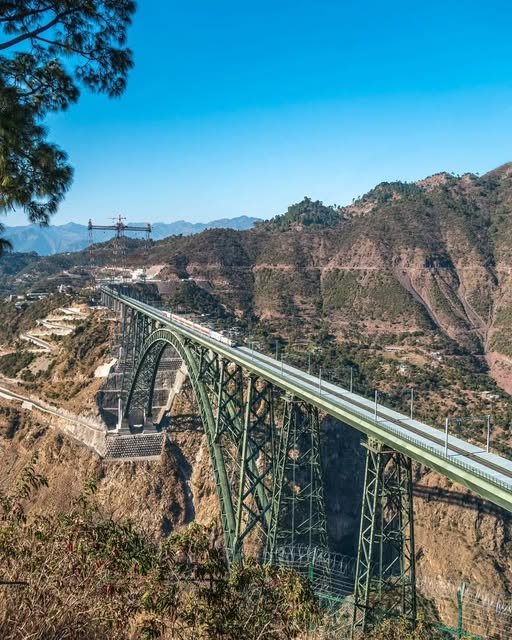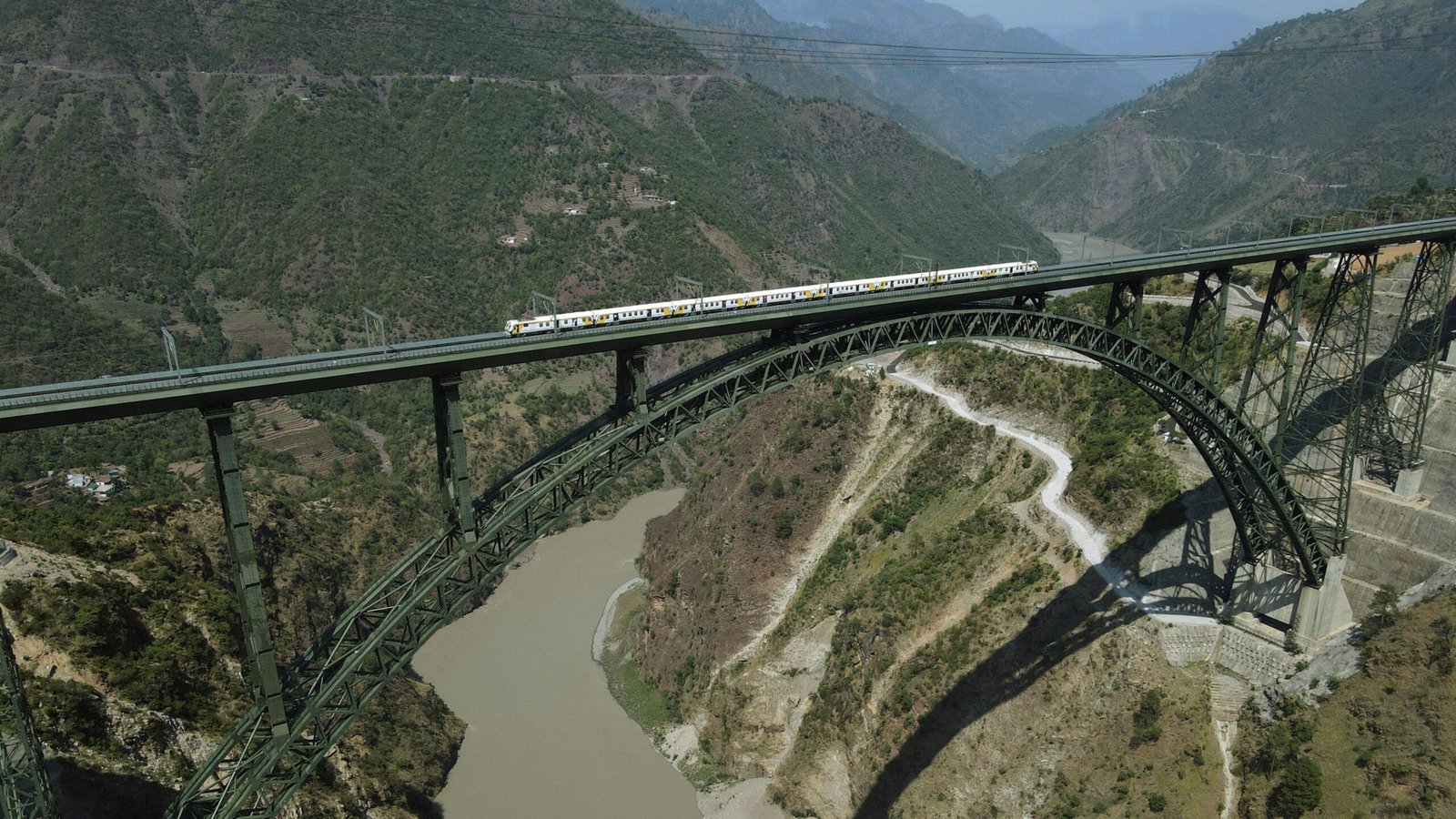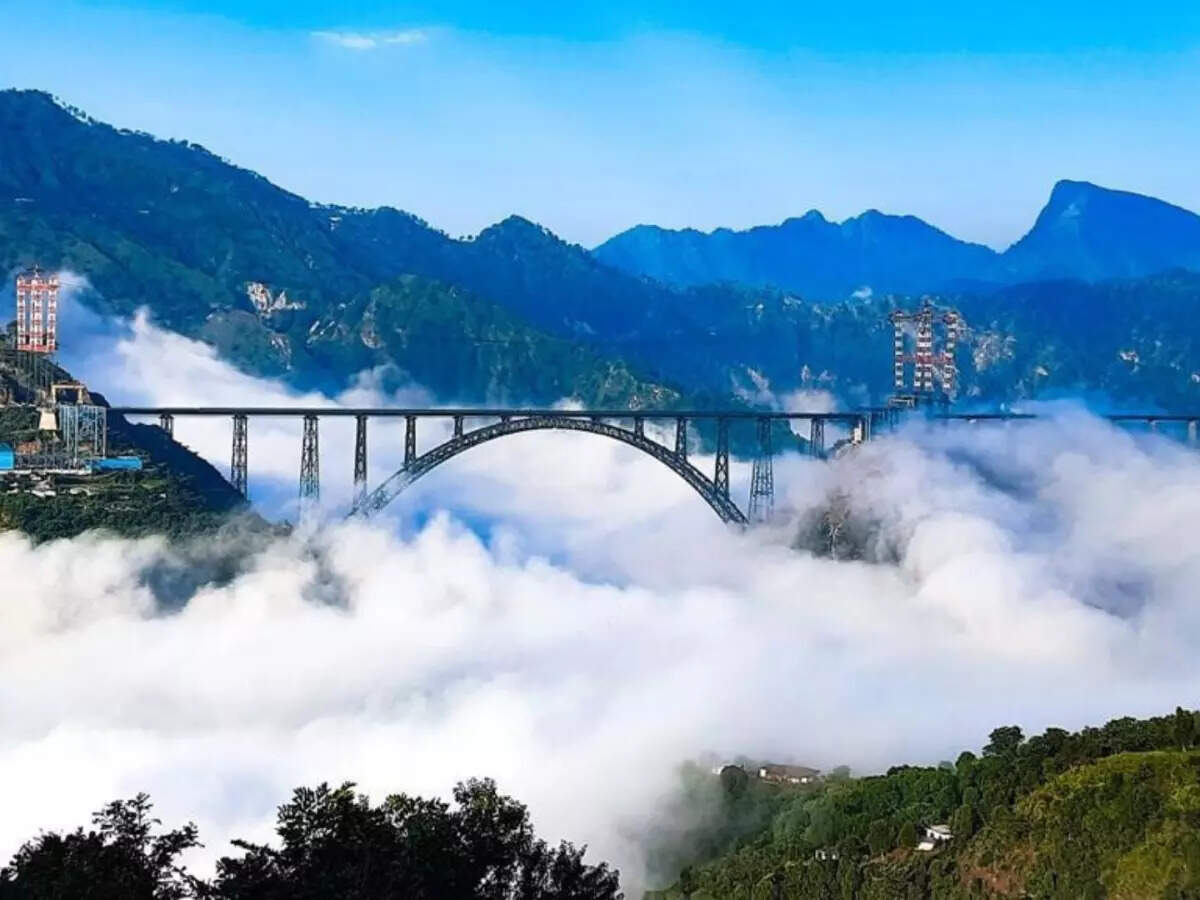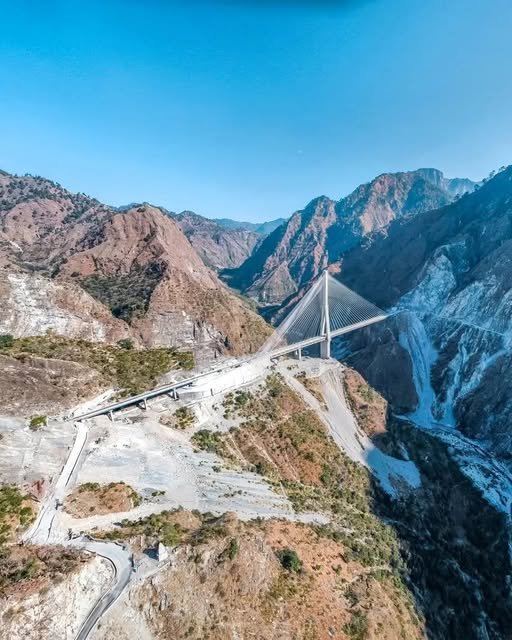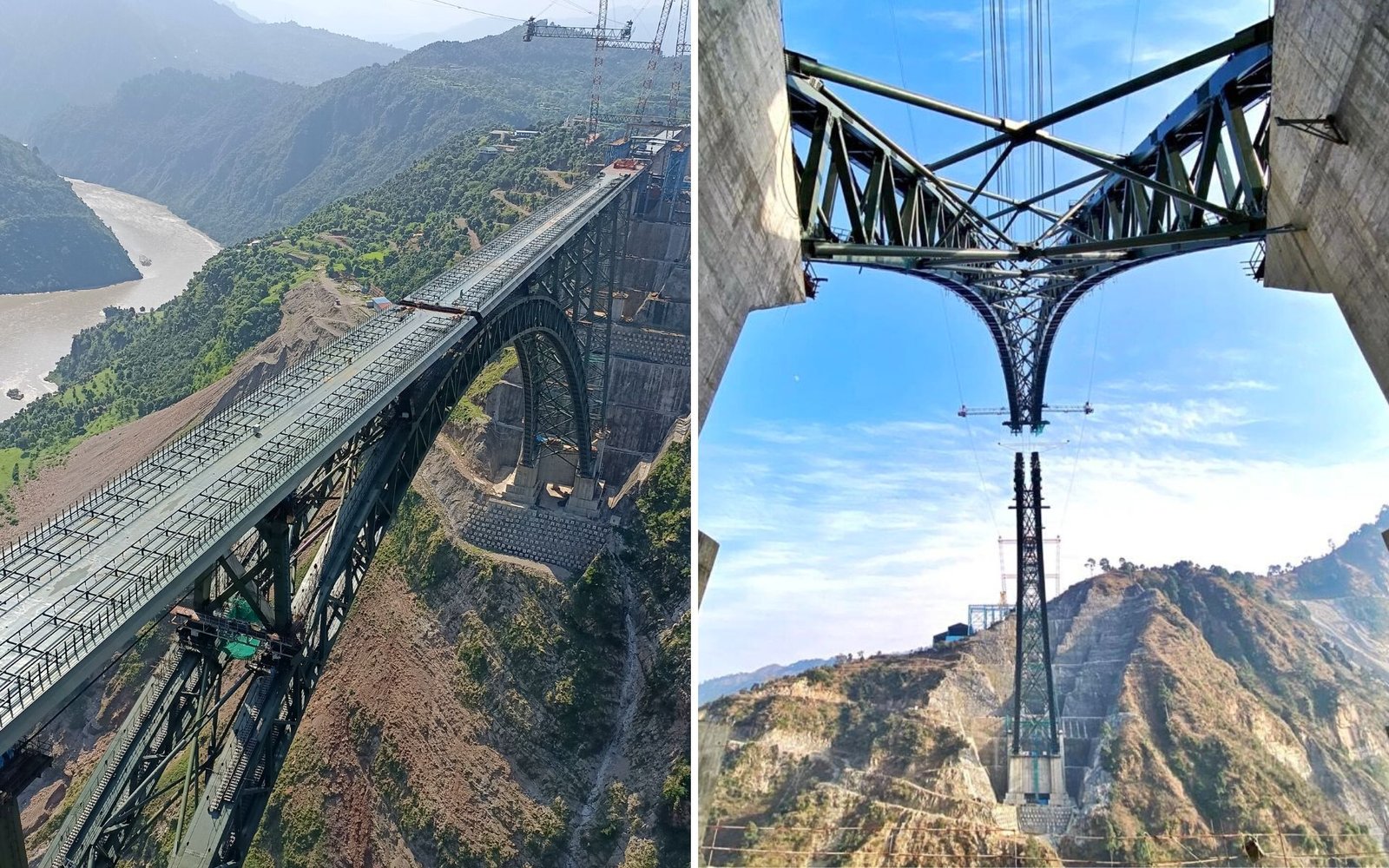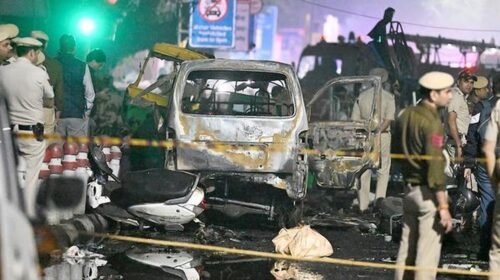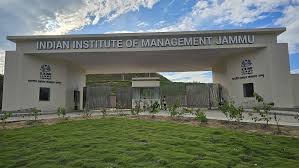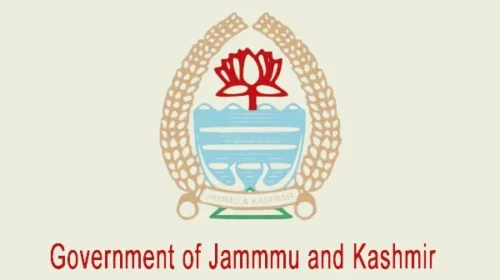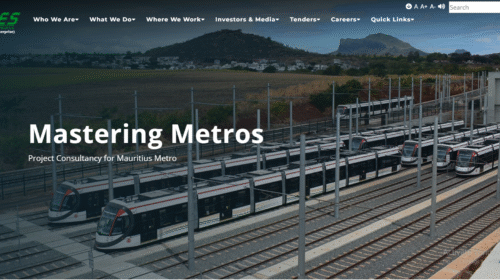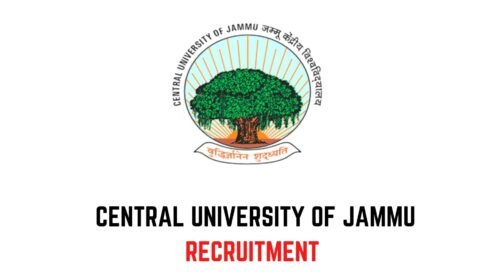Top Stunning Images of the World’s Highest Railway Arch Bridge & Its Cutting‑Edge Safety
India’s newly inaugurated Chenab Railway Bridge—now the world’s highest rail arch—makes for breathtaking visuals against the Himalayan backdrop. Spanning the Chenab gorge at 359 m above river-bed (35 m taller than the Eiffel Tower), this 1,315 m steel‑concrete marvel marks a transformative leap in connectivity and engineering prowess.
Elevating Infrastructure: Key Highlights
- World’s Highest Railway Arch Bridge sits between Bakkal and Kauri in J&K’s Reasi district, part of the USBRL project linking Udhampur to Baramulla.
- Built to withstand 260 km/h winds, magnitude‑8 earthquakes, and temperatures from –10 °C to 40 °C .
- Constructed with Tekla‑modeled structural steel, ensuring exceptional durability, precision, and resilience.
- A 467 m central steel arch span, assembled via balanced cantilever launching over a dramatic gorge.
- Extensive use of corrosion‑resistant steel, supplied largely by SAIL Bhilai, with 12,000 t of the total 16,000 t manufactured locally—enhancing national skill and supply chains.
️ Safety Innovation & Monitoring Tech
Chenab Bridge isn’t just about height—it’s a fortress of safety:
- 120+ real‑time sensors monitor wind, temperature, humidity, vibration, and internal stress. These feed into a control room powered by 150 servers for 24×7 structural health tracking.
- The first-of-its-kind 780 m blast‑protection platform, comprising 165 thick steel decks, shields trains against explosive threats—a major leap in rail security.
- Use of 63 mm blast‑proof steel, robust seismic foundations, anti‑trespass barriers, service walkways, and automatic signaling systems ensure operational safety under threat conditions.
Human Touch & Engineering Excellence
- IISC Professor Madhavi Latha spearheaded structural and seismic modeling, translating expert research into sturdy real‑world design.
- Construction overcame steep Himalayan gorges, high-altitude logistics, and severe weather; more than 1,300 workers and 300 engineers labored under challenging safety setups.
- The project included 12 lakh m³ earthwork, 66,000 m³ concrete, 84 km cable anchors, and 26 km access roads—a testament to large-scale coordination.
Impact on Kashmir & Beyond
- All‑weather rail connectivity now links Katra and Srinagar in just 3 hours via two new Vande Bharat Express trains, revolutionizing pilgrim and civilian travel.
- The USBRL project (₹35,000 cr) opens new avenues for tourism, trade, and geostrategic mobility in Jammu & Kashmir.
- With an expected lifespan of 120 years, the bridge is built for long-term resilience and regional integration.
Critical Voices & Ongoing Scrutiny
Despite widespread praise, engineer Alok Kumar Verma has raised safety concerns over what he deems a “flawed alignment” and insufficient geological surveying—underscoring the need for transparent audits even in celebrated projects.
✅ Final Thoughts
The Chenab Railway Bridge stands tall not only as an engineering marvel and tourism magnet, but also as a safety-first technological showcase. With advanced structural monitoring, blast mitigation, and seismic resilience, it’s a beacon of modern infrastructure—uniting Kashmir with the rest of India year-round. Connect your worldview with this symbol of ambition, innovation, and endurance.

